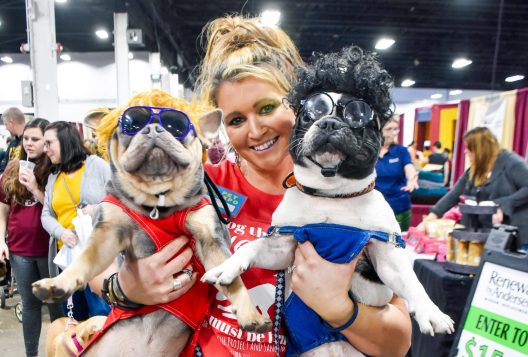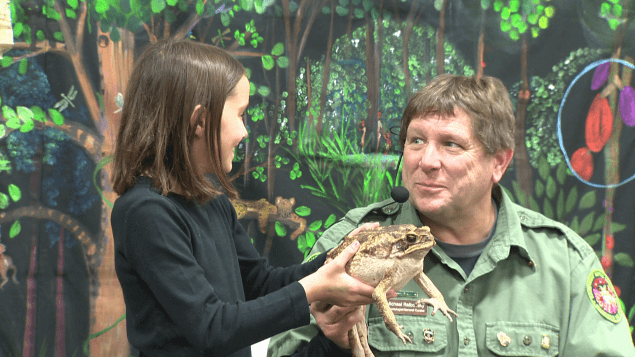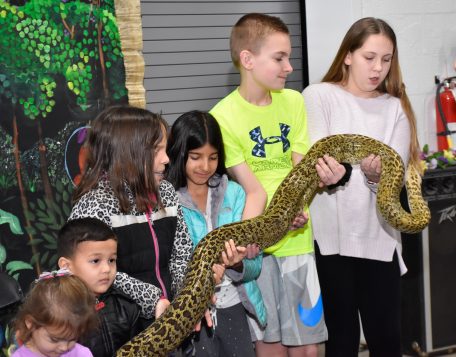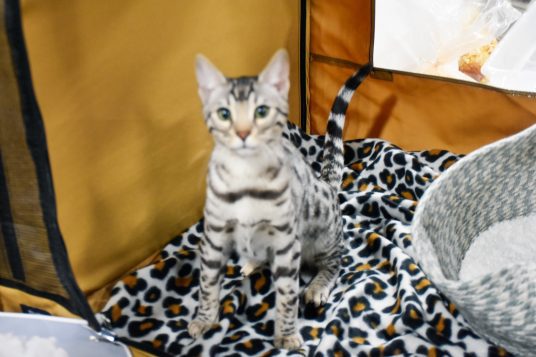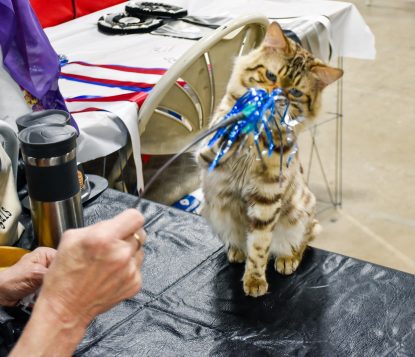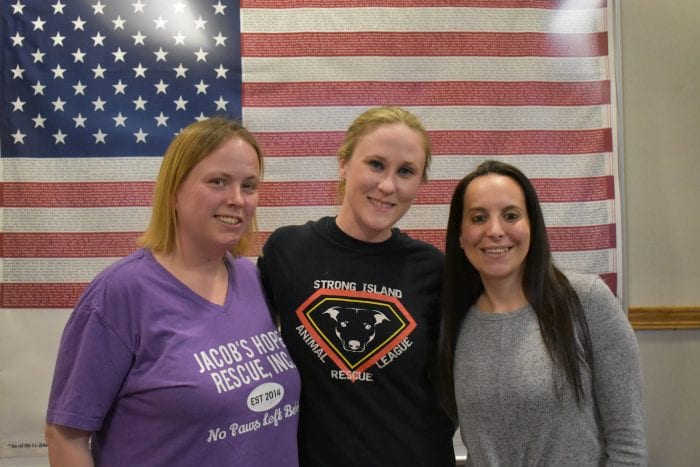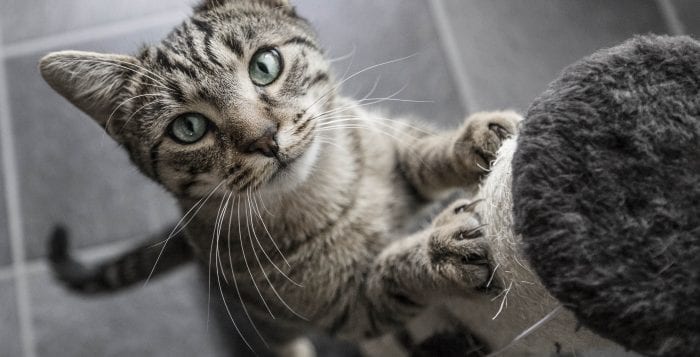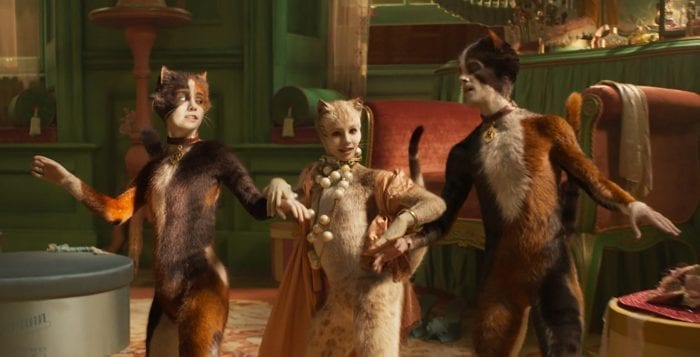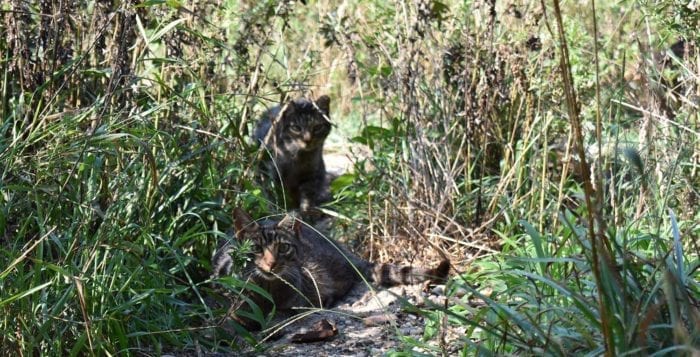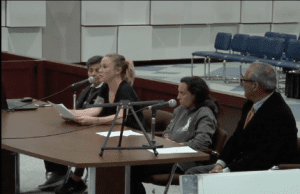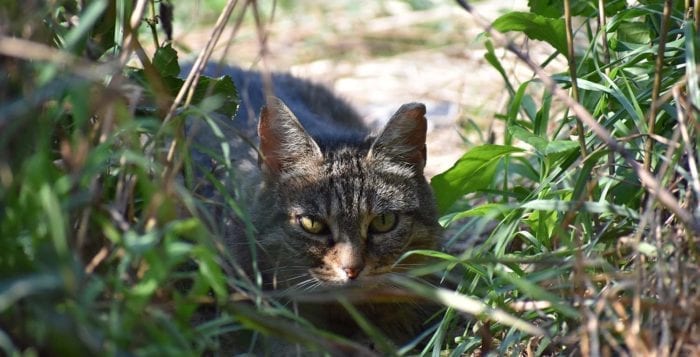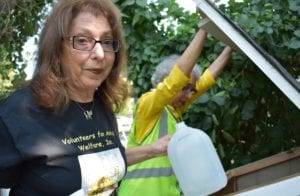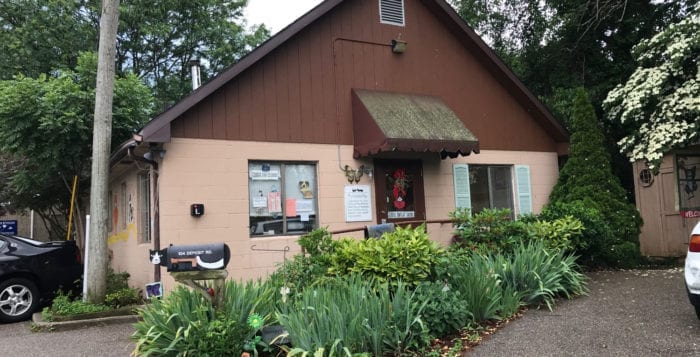Popular pet showcase features entertainment, education & shopping
The Long Island Pet Expo returns to Suffolk County Community College’s Suffolk Federal Credit Union Arena, 1001 Crooked Hill Road in Brentwood on March 4 from 10 a.m. to 7 p.m. and March 5 from 10 a.m. to 5 p.m. with fur flying entertainment, dog sporting competitions and educational programs designed for the whole family. The event will also feature many special attractions, pet adoptions and outstanding shopping for pet lovers and their pets and is expected to draw over 10,000 attendees over the weekend.
“The Long Island area is passionate about animals and pets of all kinds,” said show co-producer Karen Garetano of Family Pet Shows, which runs several similar events in the northeast.
The 100+ special exhibits always feature some of the hottest new products coming out often before they hit the retail shelves. Pets on leashes are always welcome, and several area rescue groups with adoptable pets will be on hand. Popular performers and presenters include Gail Mirabella and the Dynamo Dogs, Diana Frohman and her Beautiful Dancing Dogs, Schutzund Demonstration by Maximum KP Service, the Dog Lovers Days Lure Course, Rainforest Reptiles, TICA Championship Cat Shows, Rabbit Hopping, the Long Island Dog Derby and more.
About This Year’s Featured Performers/Presenters:
New for 2023: Gail Mirabella and The Dynamo Dogs Variety Act! You can teach your old dog new tricks – these veteran- performing dogs will knock the spectator’s socks off with their Trick Dog Show Routine, Frisbee Dog Acrobatics and dynamite performances. Gail and her canine friends will wow the crowd as they do all over the country.
Also New for 2023: The Long Island Dog Derby! Come down and enter your dog in the first ever Dog derby. Dogs of any breed, 25 pounds and under will race head to head to see who is the fastest on Long Island. Races will be held at 1 pm on both Saturday and Sunday. Prizes will be awarded to the top three dogs on each day. There will be an entry fee per dog. Check the website for additional information or email [email protected]
Diana Frohman & Her Dancing Dogs: Diana Frohman and her beautiful golden retrievers will be dancing the weekend away with several performances on both days. “Dancing With Your Dogs” is one of the most popular returning features of the event. It’s a wonderful display of communication and relationship between dog and handler set to music. https://freestyledancingpro.com
Schutzhund Demonstration by Maximum K9 Service: Maximum K9 Service will be doing a Schutzhund demonstration which will include obedience, dumbbell retrieval, tracking, protection work and a detection demonstration. www.maximumk9service.com
Dog Lovers Days Lure Course: This popular event is back! Dogs will have a blast running through the lure course and testing out their agility while letting out some energy! Dogs love to zip through this course and it’s a blast to watch! www.dogloversdayslurecourse.com
Rainforest Reptile Show: an exciting, fascinating adventure through the rare and endangered reptile world! Many exotic reptiles will be at the show for kids and adults alike to learn about. www.rainforestreptileshows.com
Rabbit Hopping: Rabbit Hopping, it’s not the bunny hop you’re thinking of – but talented rabbits who love to jump! Allikatt’s Bunnies will present an agility demo of rabbits hopping all weekend – and there will be demonstrations and there is even a seminar so you can learn how to get involved in this sport with your own hare. www.rabbithopping.com
TICA Championship Cat Shows: for cat lovers who have never been to a cat show, this is a purrific way to see a wide variety of cat breeds up close. www.TICA.ORG
LI Dog Derby: Enter your dog in the Dog Derby. Dogs of any breed, 25 pounds or under will race head to head to see who is fht fastest on Long Island. There is an entry fee. additional information on the website
“We always have fun at these events, but we also are strong supporters of responsible pet ownership and humane values when it comes to all issues involving animals and pets,” said Garetano. “We partner with several community organizations, shelters, veterinarians and other animal lovers educate and inform when it comes to best practices for training, feeding and all aspects of pet care.”
Community and rescue organizations participating in the show include Almost Home Animal Rescue, Chippy’s Angels, Pawsitive Paws Rescue, Bark Animal Rescue, the LI Parrot Society and more to be announced before the event.
Adult admission at the door is $15, children ages 3-11 are $6, and those under three years old are always free. For additional information, call 631-423-0620 or visit www.familypetshows.com.
###
Please note: Free parking and attendees are welcome to bring their well-behaved pets to the expo. There are some regulations and restrictions. Visit www.familypetshows.com for more information.

